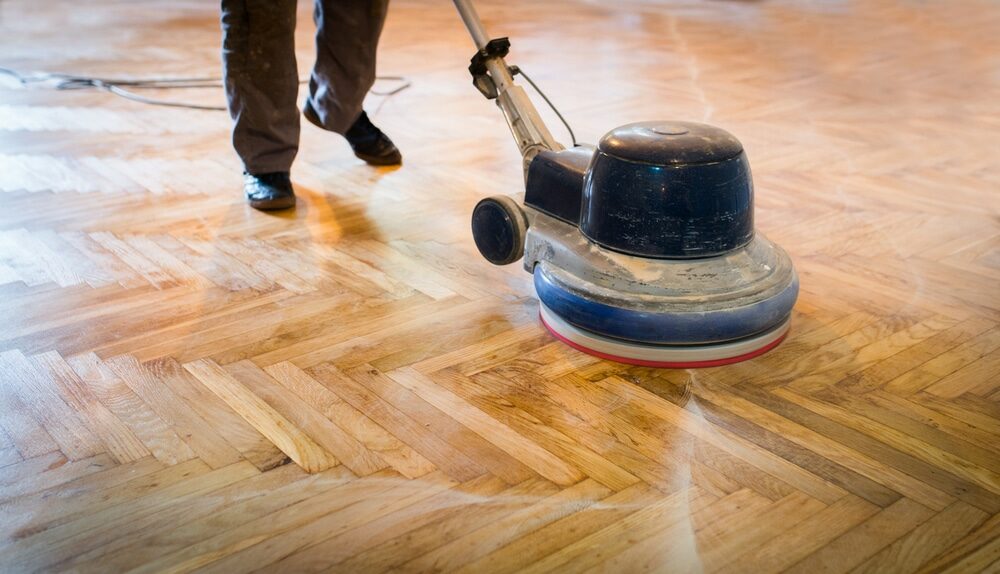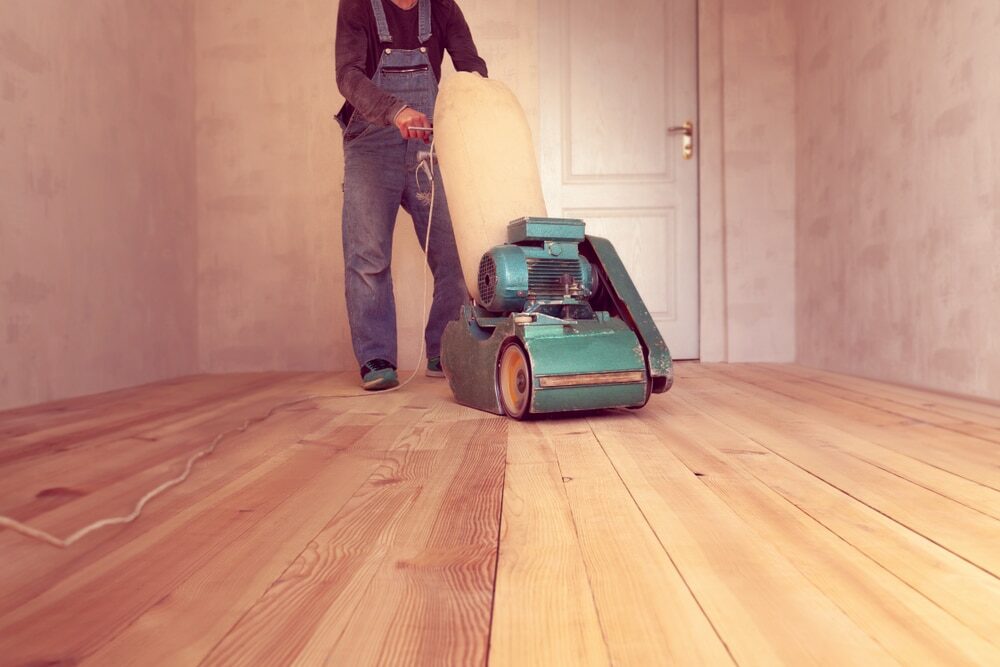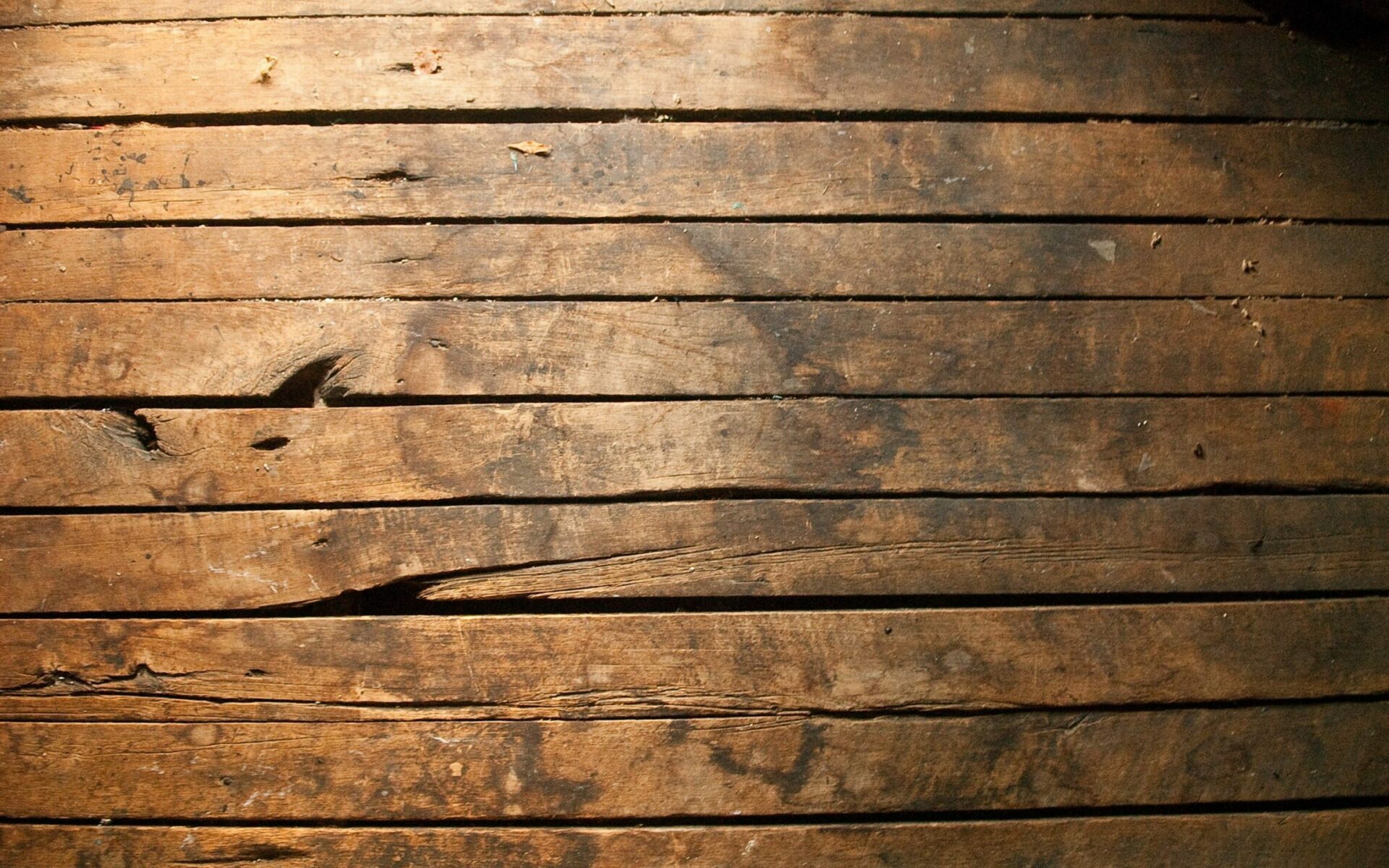London:
Nationwide:
Wooden Floor Oiling Vs. Lacquering Vs. Waxing: Choosing the Perfect Finish
Posted on May 22, 2023
Blog
A Comprehensive Guide to Choosing Between Oiling, Lacquering, and Waxing Your Wooden Floor
Wooden floors are a timeless addition to any home, boasting natural beauty and classic charm. To keep them looking their best and ensure their longevity, the right finish is paramount. However, with options like oiling, lacquering, and waxing available, deciding which to choose can be daunting. This comprehensive guide delves into these finishes, comparing their features, advantages, and disadvantages to help you make an informed decision.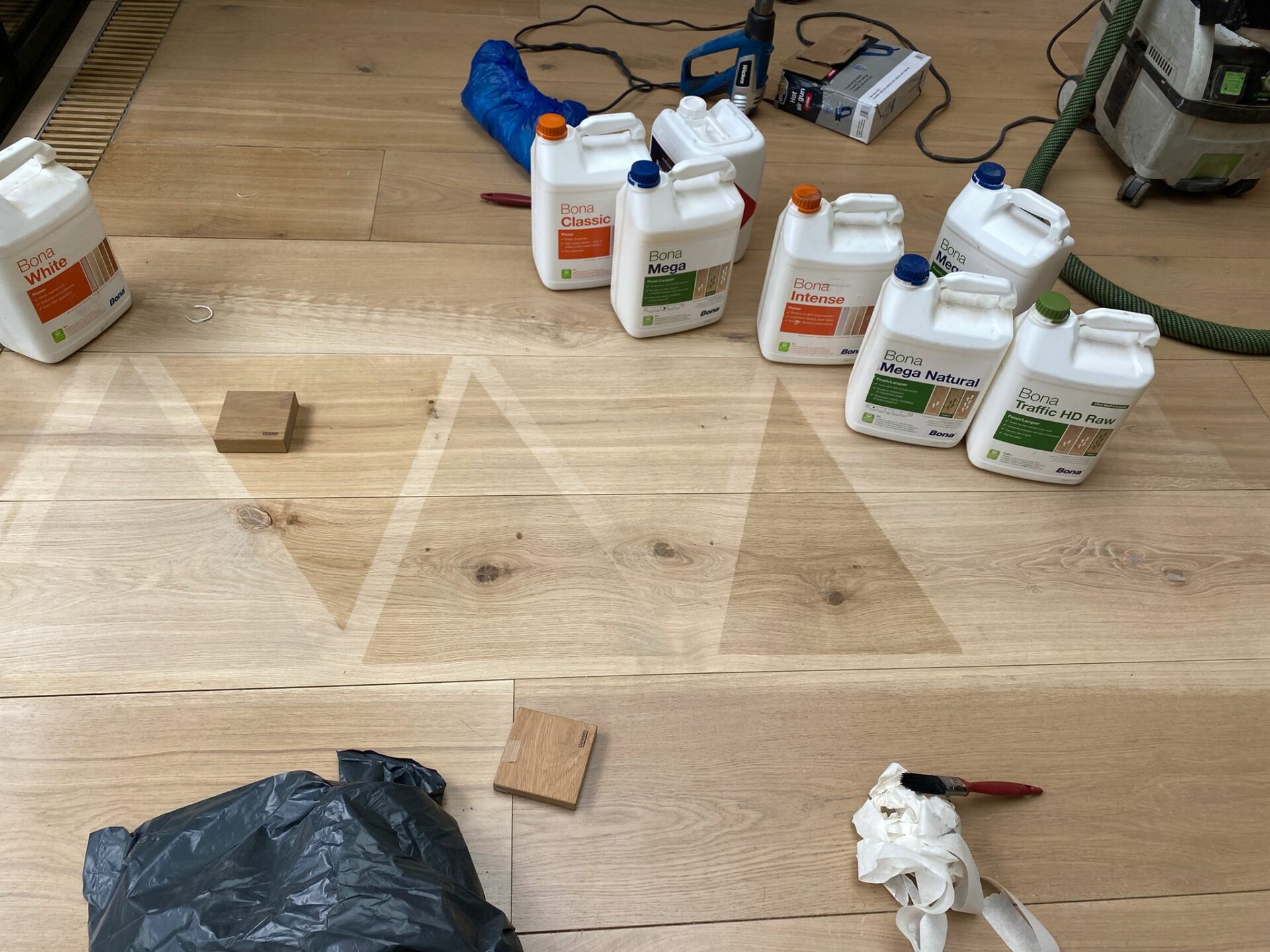
Understanding Wooden Floor Finishes
A wooden floor finish is a protective layer that not only enhances the wood’s natural beauty but also shields it from damage, including scratches, stains, and water. There are three main types of finishes: oil, lacquer, and wax. Each offers unique aesthetic and protective qualities.Oil Finish: A Natural Look with Deep Protection
An oil finish seeps into the wood, enhancing its natural color and texture while offering protection from within. It creates a matte or satin finish, making it a great choice for those who love a more rustic or traditional look.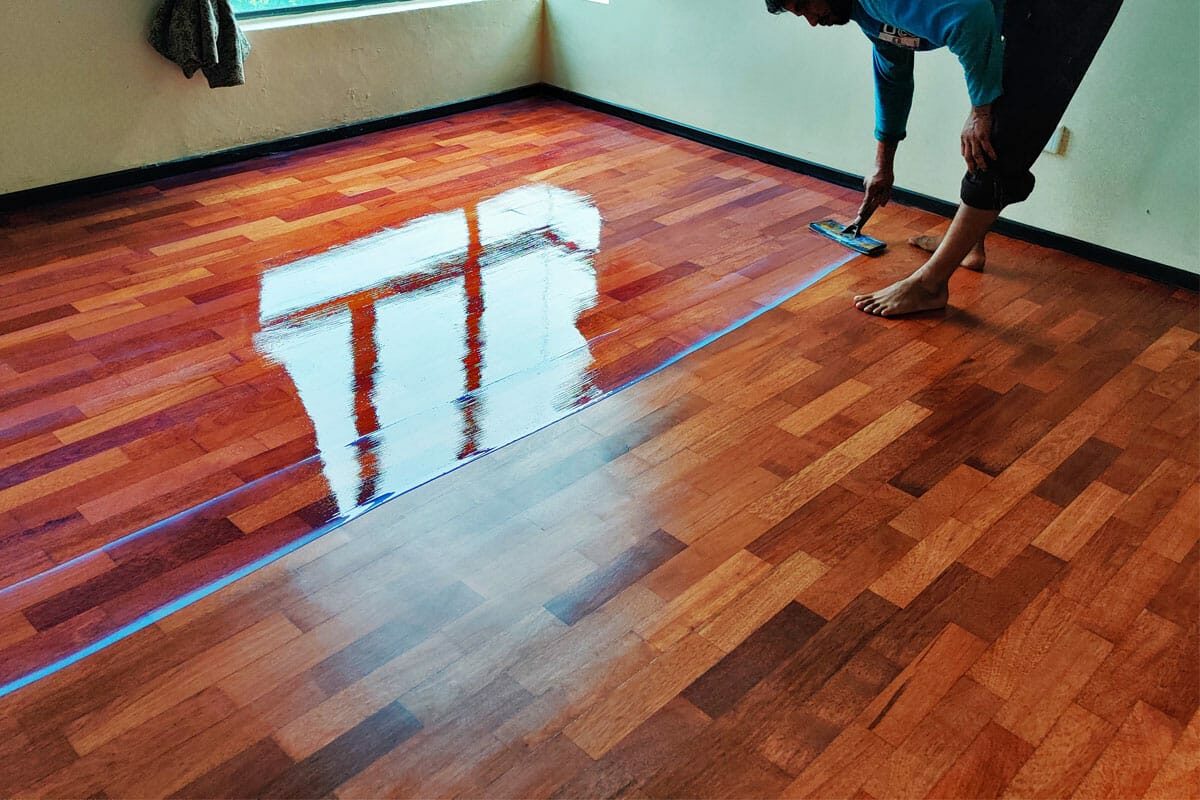
Advantages of an Oil Finish
- Natural Appearance: Oil brings out the wood’s natural grains and color, creating a warm and authentic look.
- Easy Repairs: Scratches and dings can be spot repaired without redoing the entire floor.
- Enhanced Lifespan: Regular oiling can help prolong the life of your wooden floor.
Disadvantages of an oil finish
- Regular Maintenance: Oiled floors require more frequent maintenance compared to lacquered or waxed floors.
- Less Protection: While oil does offer protection, it isn’t as durable against spills and high foot traffic as lacquer.
Lacquer Finish: High Shine with Strong Protection
Lacquer is a hard, protective finish that sits on top of the wood, creating a shiny or glossy surface. It offers excellent protection against spills, scratches, and everyday wear and tear.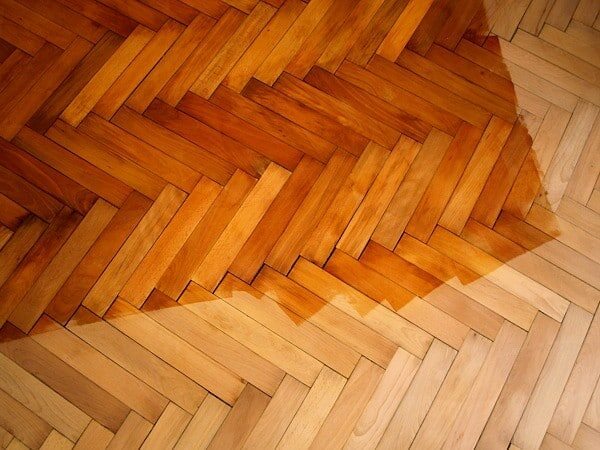
Advantages of a Lacquer Finish
- Strong Protection: Lacquer forms a hard shield on the surface, providing excellent protection against scratches and spills.
- Low Maintenance: Lacquered floors are easy to clean and require less regular maintenance than oiled floors.
- High Shine Finish: Lacquer creates a glossy finish, perfect for a modern or contemporary look.
Disadvantages of a lacquer finish
- Less Natural Look: The shiny finish can mask the wood’s natural texture and grains.
- Difficult Repairs: Any damage requires the entire board to be sanded and refinished, as spot repairs are usually noticeable.
Wax Finish: Subtle Shine with Soft Protection
Wax is a softer finish that penetrates the wood and provides a subtle, low-gloss shine. It enhances the wood’s natural beauty while offering a measure of protection.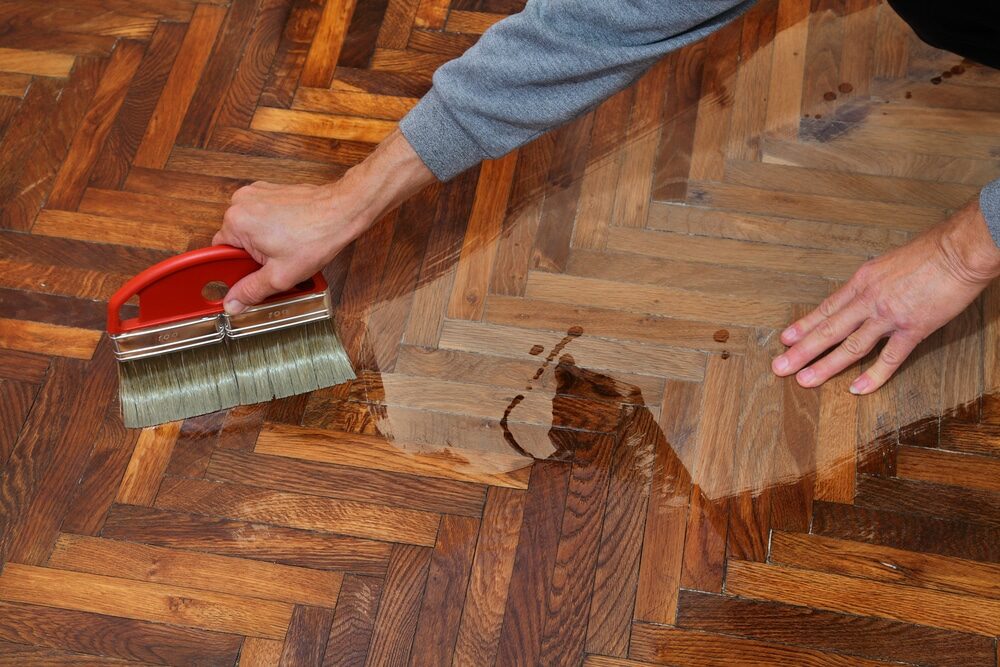
Advantages of a Wax Finish
- Subtle Sheen: Wax creates a soft, low-gloss finish that beautifully showcases the wood’s natural texture and grains.
- Easy to Apply: Wax can be applied easily, making it a favorite for DIY enthusiasts.
- Enhances Antique Floors: Wax is often used on antique or reclaimed wood floors to enhance their charm and character.
Disadvantages of a wax finish
- Regular Maintenance: Wax finishes require frequent reapplication to maintain their protective qualities.
- Less Protection: Wax isn’t as resistant to spills and heavy foot traffic as oil or lacquer.
Choosing the Right Finish for Your Floor
The choice between oiling, lacquering, and waxing your wooden floor depends on several factors, including:- Aesthetic Preference: If you love a natural, matte look, oil might be your best choice. If you prefer a high-gloss, modern finish, consider lacquer. And if you favor a low-gloss, antique charm, wax might be the way to go.
- Usage: Consider the area where the floor is installed. High-traffic areas might benefit from the durability of a lacquered finish, while low-traffic areas could maintain their beauty with an oil or wax finish.
- Maintenance Level: If you’re comfortable with regular maintenance, oil and wax finishes can work well. But if you want a lower-maintenance option, lacquer might be your best bet.
- Type of Wood: Certain woods take certain finishes better than others. For example, softwoods absorb oil well, while hardwoods often look great with lacquer.
- Health and Environment Considerations: If indoor air quality or eco-friendliness is a concern, look for finishes with low VOCs (volatile organic compounds) and those made from natural ingredients.
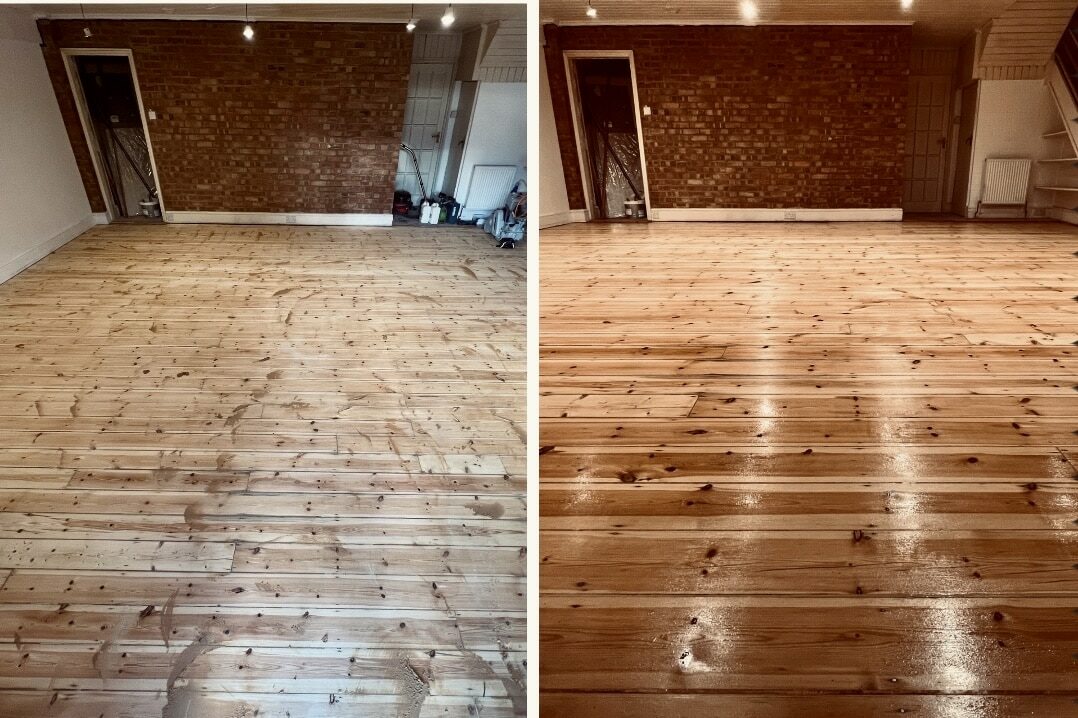
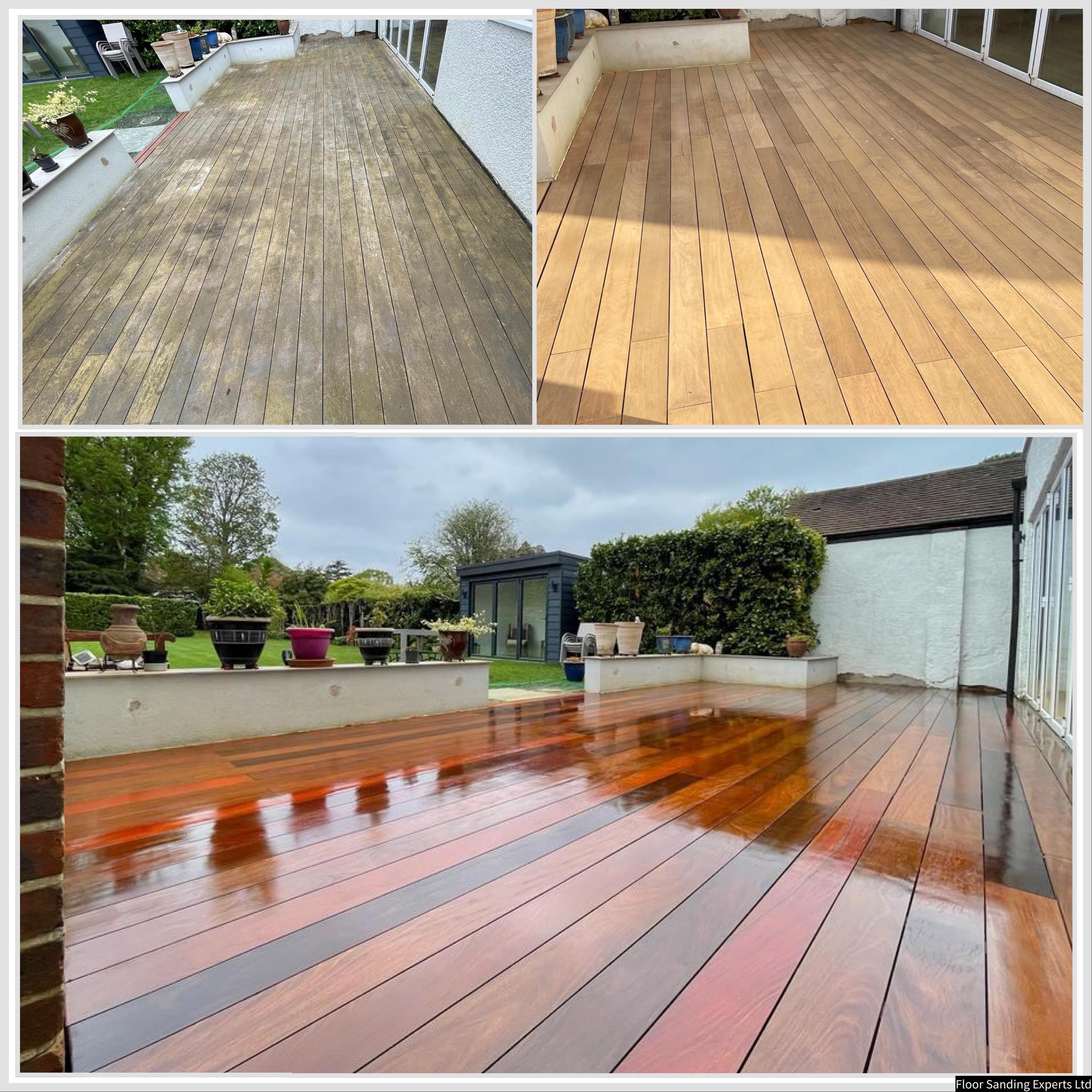
Professional advice is key.
While it’s essential to understand the different types of wooden floor finishes, consulting with a flooring professional is always a good idea. They can assess your floor, consider your lifestyle and aesthetic preferences, and recommend the most suitable finish. Additionally, professional application can ensure an even, high-quality finish that lasts.Conclusion
The finish of your wooden floor plays a crucial role in defining its look and lifespan. Whether you choose oil, lacquer, or wax, each finish has its own unique advantages and drawbacks. The key is to match your finish with your aesthetic preferences, lifestyle, type of wood, and desired maintenance level. By understanding the differences between oiling, lacquering, and waxing, you can make a more informed decision about which finish to choose. Remember, the finish determines not only the appearance of your floor but also its durability and the amount of maintenance required over the years. Choosing the right finish is an essential step in caring for your wooden floors. After all, a well-finished wooden floor can enhance the beauty of your home, creating a warm, inviting space for years to come. With this comprehensive guide, you’re well on your way to maintaining the charm and longevity of your floors, contributing to a beautiful and comfortable home.Some Useful Links:
- Stairs Sanding & Refinishing
- Floor Sanding Services
- School Floor Sanding
- Wood Floor Restorations
- Wood Floor Repairs
- Wood Floor Polishing
More from our Blog:
Wood Floor Sanding & Polishing Vs. Dustless Floor Sanding: Which is Right for You? Mastering the Art of Wooden Floor Sanding: Know Your Limits Do you Want A Beautiful Wood Floor Restoration? Hire Mr Sander® in London Dustless Wood Floor Sanding: The Efficient & Cleaner Renovation
Sanding
We provide virtually dust-free sanding with our continuous belt machinery with mobile extraction units, giving you a safer environment for your family.
Oiling
This organic finish not only adds beauty to your home but also has exceptional water-repellent characteristics, making it easier to clean and maintain.
Waxing
This natural floor finish offers the softest and most mellow appearance – and leaves your floor able to breath.
Buffing
Using soft buffing machines (and hand-polishing where required) will bring a wonderful sheen to your newly-finished floor.
Repairs
We offer a full assessment of your wooden floors to determine what repairs are needed to provide the perfect working surface for the later stages of sanding, staining and sealing.
Restoration
We offer a comprehensive restoration process designed to address floors that are improperly fitted or damaged over time through wear and tear.
Request a fixed price quote for your wood floor restoration now
Simply enter your postcode below to get started.
Services
Wood Floor Sanding Wood Floor Restoration Wood Floor Scratch Repair Squeaky Wood Floor Repair Parquet Floor Sanding Parquet Floor Restoration Commercial Floor Sanding Church Floor Sanding Community Centre Floor Sanding School Floor Sanding Gap Filling Gap Filling with ResinCopyright © Mr Sander®
Privacy & Cookies Terms & Conditions Complaints Procedure Cancellation Rights Sitemap